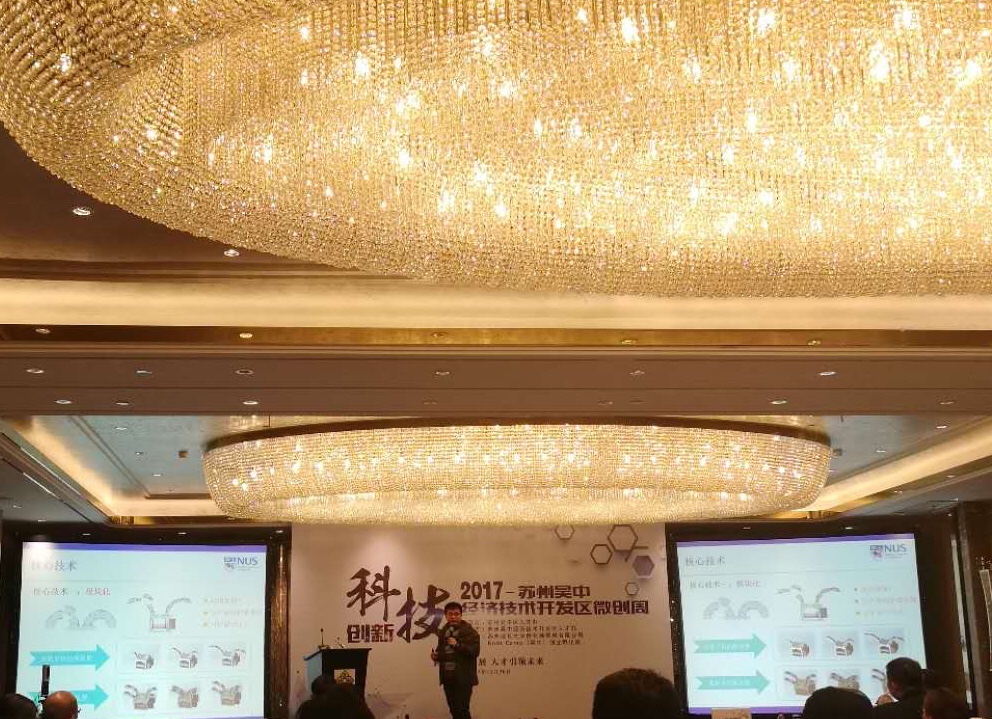Abstract
Surface electromyography (sEMG) signals have been extensively studied in the area of intention detection, force estimation and control of rehabilitation devices. Studies regarding sEMG based jaw muscle force estimation are necessary towards building intuitive neural-controlled soft oral rehabilitation robot (SORR). This paper presents a force estimation algorithm based on masseter muscle sEMG signals to be used in the control of a developed SORR. Experiments were conducted to collect masseter muscle sEMG signals and biting force from 10 healthy subjects. By using two different time-frequency analysis, signal features were extracted and then input to an empirically established second-order polynomial force estimator to get the estimated force. Comparison has been made regarding to the performance of the proposed feature extraction algorithms. The results obtained from both the algorithms represent a decent accuracy in force estimation, indicating high implementation feasibility in the application of the neural-controlled SORR.



